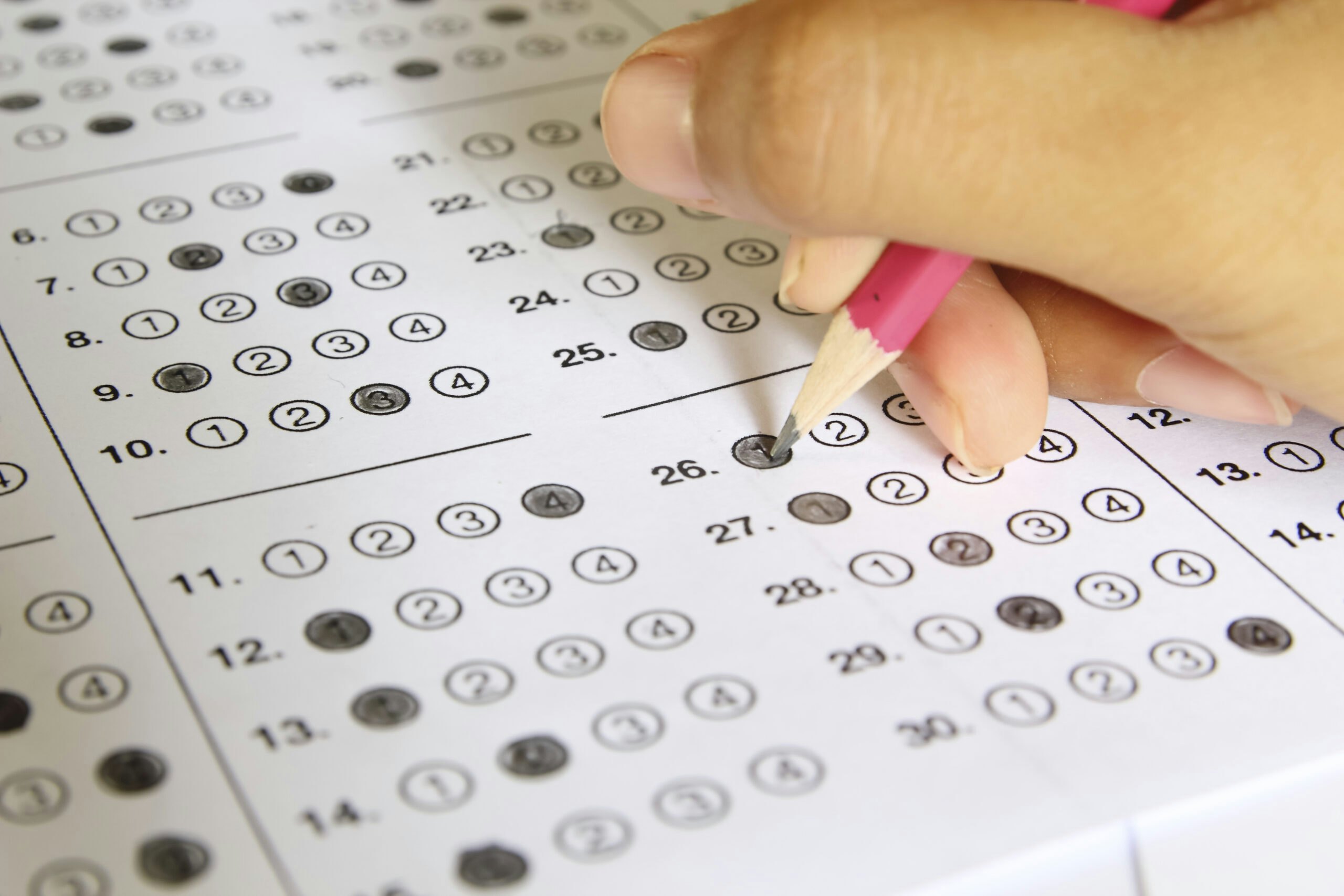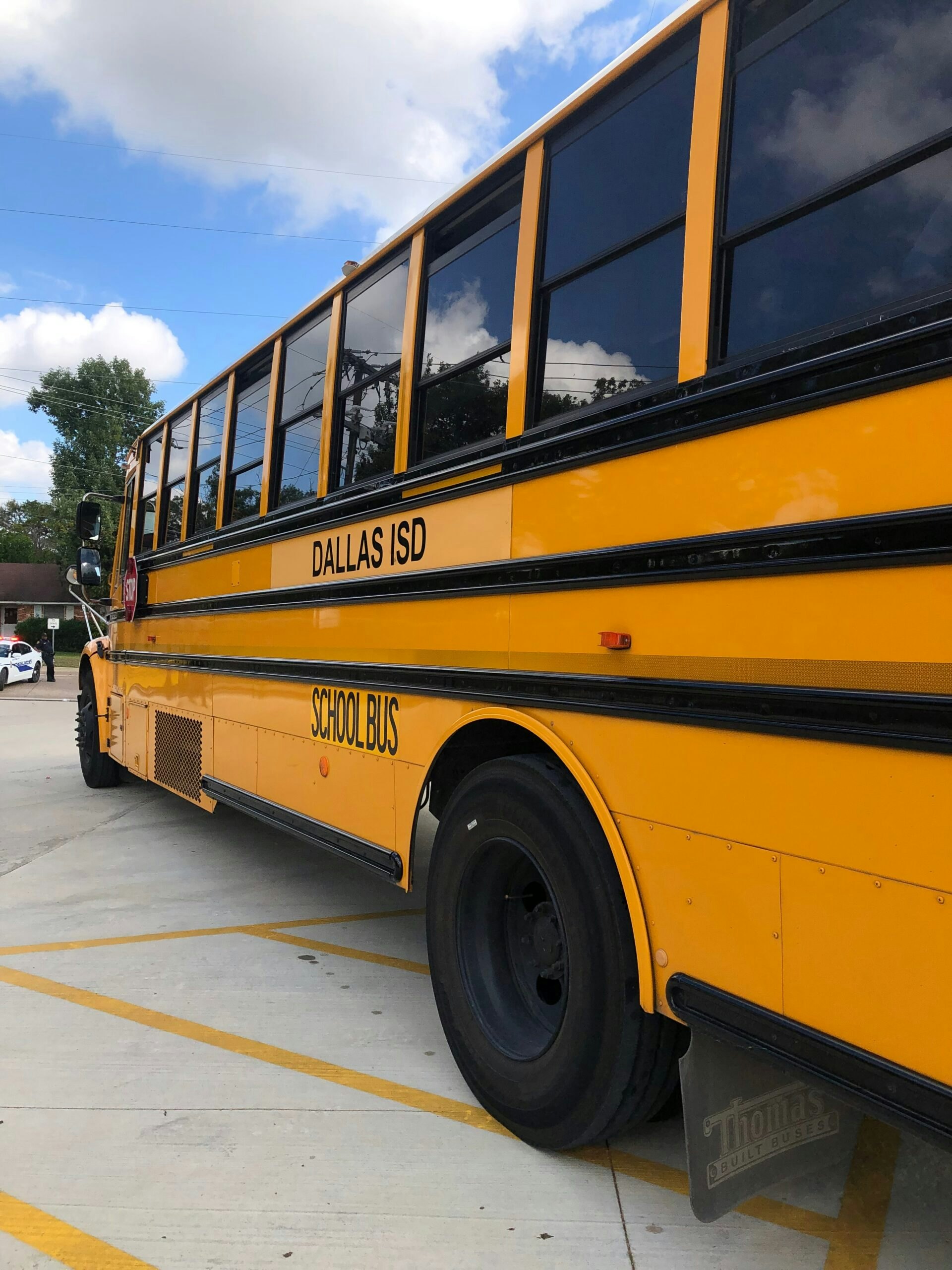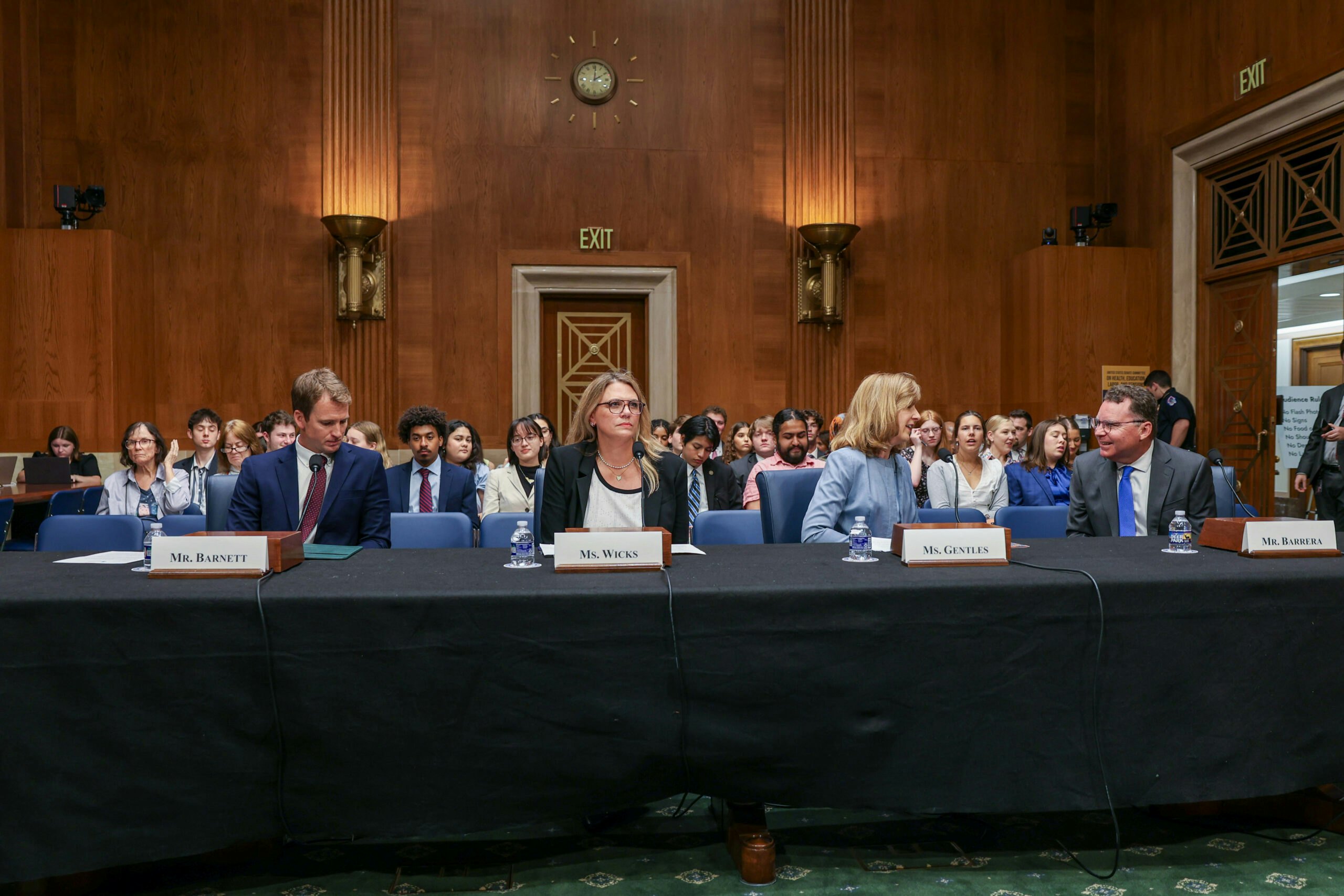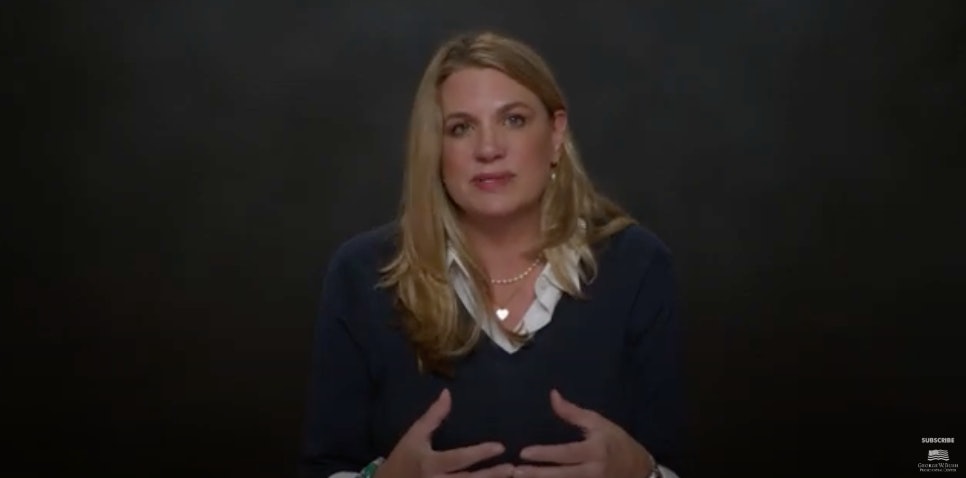Farrah Gomez was studying business when she drove by a school in West Texas and had an epiphany. “I saw all of the children lining up with...
Farrah Gomez was studying business when she drove by a school in West Texas and had an epiphany. “I saw all of the children lining up with their backpacks. I knew at that moment I had it wrong. Teachers always were the most influential people in my life,” she recalls. After that life-changing moment, she switched majors and now has been in education for 19 years.
Her latest role is as principal of Robert E. Lee Middle School in San Angelo, Texas. Her school is part of Middle School Matters, a Bush Institute education program focused on the middle grades. The 1,000-person student body, which is nearly 60 percent economically disadvantaged, is like most middle schools. The students are caught between being a child and a teenager, as Gomez puts it.
They also face educational challenges, which is why Gomez sought out the Middle School Matters program. This week in Austin, she is participating in a Middle School Matters conference along with two school teams from San Angelo ISD and a team from her district that is focused on improving middle schools. In this interview, she discusses the middle grades, her role as a principal, and applying research-based strategies in the classroom.
Middle grades are a unique period in students’ lives. As an educator, what do you think makes it so unique?
Middle school is the bridge between elementary and high school, so it is a challenging time for parents and students. Organizational skills and time management can determine success beyond educational abilities. Students also are caught between being a child and a teenager. One minute they want to be kids and the next they are worried about fashion and relationships. They need much support, especially social and emotional.
Being a middle school principal also is unique. What’s the best part?
The principalship at any level is demanding, but much more rewarding. As a principal you get to work with teachers, students, parents, and other staff to build a partnership to help your students succeed. Middle school students are experiencing a multitude of changes and you witness them struggle first-hand to decide which road they are going to travel down. I truly believe that middle school is the most crucial part of a student’s school career, as it sets the tone for high school and beyond. Friends change, interests change, and the impact of school determines positive or negative choices they will experience.
How did you find out about Middle School Matters?
Initially, we found out about MSM through the internet. This prompted our curiosity and led us to do research of our own. After doing so, we were eager to improve our practices and be a part of MSM to get research-based practices to improve instruction during the critical middle school years and increase student success beyond middle school and on through high school and postsecondary.
How many teachers are there at Robert E. Lee and how many apply MSM techniques?
Lee Middle School has 58 teachers. All of them have been trained in MSM techniques for academic vocabulary and effective writing strategies. As an example, math teachers worked with MSM on math manipulatives and math interventions.
What improvements have you seen?
The campus-wide implementation of the A,B,Cs has made students accountable for their attendance, behavior, and course performance. We have had friendly competitions between grade levels and classrooms in those grade levels. We tied this with our campus MVPs to recognize students.
One of my favorite examples is when one of our 7th grade LEP students was required to write a reflection on what it took to be successful at Lee MS. He stated, “You have to know your A,B,Cs. Not like elementary A,B,Cs, but your attendance, behavior, and course performance and don’t forget your Gs- goals.” This summarized the mission we have articulated all year with our kids.




























